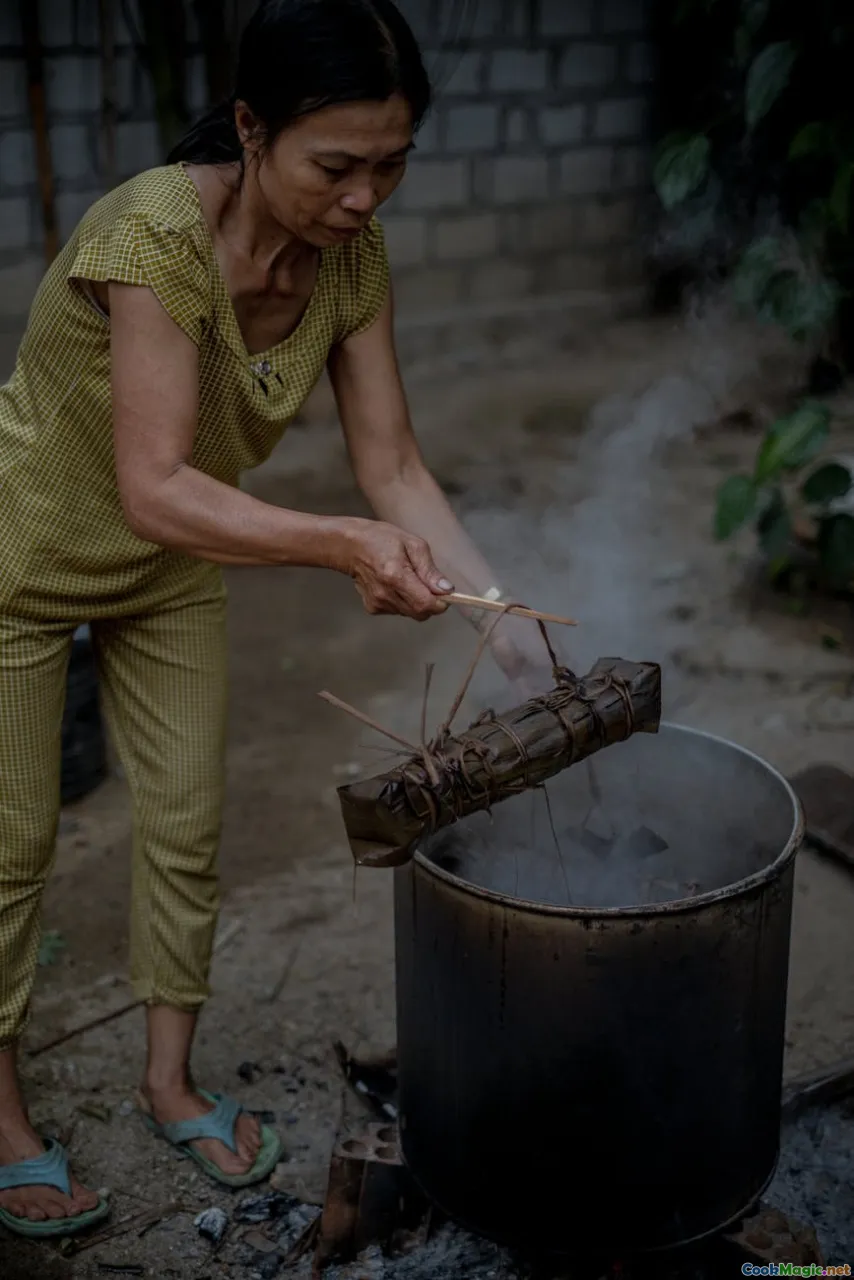The Revival of Native Bush Foods in New Zealand
8 min read Explore the rich revival of native bush foods in New Zealand, celebrating Māori culture and sustainable cuisine. April 17, 2025 11:00
The Revival of Native Bush Foods in New Zealand
Introduction: A Journey Back in Time
Nestled in the heart of the South Pacific, New Zealand is a land brimming with natural beauty and rich culinary traditions. Imagine biting into a freshly foraged kūmara, its sweet, earthy taste reminiscent of the land itself, or enjoying a delicate Māori hangi, where the steam from the earth cooks the food to perfection. The revival of native bush foods in New Zealand is not merely a culinary trend; it is a renaissance of culture, identity, and sustainability that connects the past to the present.
The Cultural Significance of Native Bush Foods
For centuries, the indigenous Māori people have harvested and utilized the native bush foods, known as kai Māori, as an essential part of their diet and culture. These foods, including native plants, fruits, and seafood, are deeply intertwined with the identity and spirituality of the Māori. The revival of these ingredients is a powerful assertion of cultural pride and a means of reconnecting with ancestral traditions.
Indigenous Ingredients: A Culinary Treasure Trove
The native flora and fauna of New Zealand offer a diverse array of flavors and textures. Ingredients such as rūrehe (wild ginger), harakeke (flax), and tītī (muttonbird) are not just food; they hold stories of generations past. For example, the sweet, nutty flavor of kūmara has been a staple for Māori, used in both savory dishes and desserts, showcasing the versatility of this treasured root vegetable.
Modern Interpretations of Traditional Dishes
As chefs and home cooks alike delve into the richness of native bush foods, we witness a modern culinary renaissance. Māori cuisine is being reinterpreted in innovative and exciting ways. Imagine a contemporary twist on the classic hangi, where chefs utilize sous-vide techniques to achieve tender meats infused with traditional herbs and spices, all while maintaining the essence of this time-honored cooking method.
The Role of Sustainability in the Revival
The revival of native bush foods aligns closely with contemporary values of sustainability and environmental consciousness. As the world grapples with climate change and food security, many New Zealanders are turning to local and native ingredients that require less resource-intensive farming practices. The concept of kaitiakitanga, or guardianship of the land, is fundamental to this movement, emphasizing the importance of respecting and preserving natural ecosystems for future generations.
Foraging: A Connection to the Land
Foraging has become increasingly popular as a way to connect with nature and embrace local food sources. Guided foraging tours led by knowledgeable Māori guides allow participants to learn about traditional harvesting practices while tasting the vibrant flavors of the land. Imagine walking through a lush forest, the air filled with the earthy scent of damp moss and the sweet aroma of native berries, as you collect rimu berries or māhoe leaves for your next culinary adventure.
Personal Stories: Chefs Leading the Way
One cannot discuss the revival of native bush foods without acknowledging the passionate chefs and advocates who are at the forefront of this movement. Take, for instance, the celebrated Chef Monique Fiso, whose restaurant, Hāngī Master, offers a menu that celebrates the essence of Māori cuisine. Her dishes showcase the beauty of native ingredients, such as a stunning kāuri nut tart that encapsulates the flavors of the forest.
A Taste of Community
Moreover, the resurgence of native bush foods is fostering a sense of community. Farmers' markets, food festivals, and culinary workshops are popping up across the country, creating spaces for people to gather, learn, and share their love for local ingredients. The excitement and camaraderie at these events are palpable, with laughter ringing out as friends taste-test dishes made from native herbs and seaweeds.
The Impact of Education and Awareness
As more New Zealanders become aware of the rich tapestry of flavors that native bush foods offer, educational programs are playing a crucial role in fostering appreciation and understanding. Schools are incorporating classes on Māori culture and traditional cooking methods, ensuring that the next generation understands the importance of these ingredients.
Recipes to Try at Home
-
Kūmara Salad with Harakeke Vinaigrette
A refreshing salad that combines roasted kūmara with a tangy vinaigrette made from harakeke nectar, fresh herbs, and a touch of lemon. -
Māori Hangi with Seasonal Vegetables
A modern take on the traditional hangi, using seasonal vegetables and meats wrapped in native leaves, slow-cooked in an underground oven for that authentic taste. -
Rimu Berry Jam
A sweet, tangy jam made from foraged rimu berries, perfect for spreading on fresh bread or dolloping on vanilla ice cream.
Conclusion: A Culinary Renaissance
The revival of native bush foods in New Zealand is a testament to the resilience and creativity of its people. As chefs, foragers, and home cooks embrace these ingredients, they not only honor their ancestors but also pave the way for a sustainable future. The stories behind each dish, the scents wafting from the kitchen, and the communal gatherings around the table remind us that food is more than sustenance; it is a connection to our past, present, and future. Join this culinary renaissance and experience the magic of native bush foods in New Zealand — a journey that promises to tantalize your taste buds and nourish your spirit.









